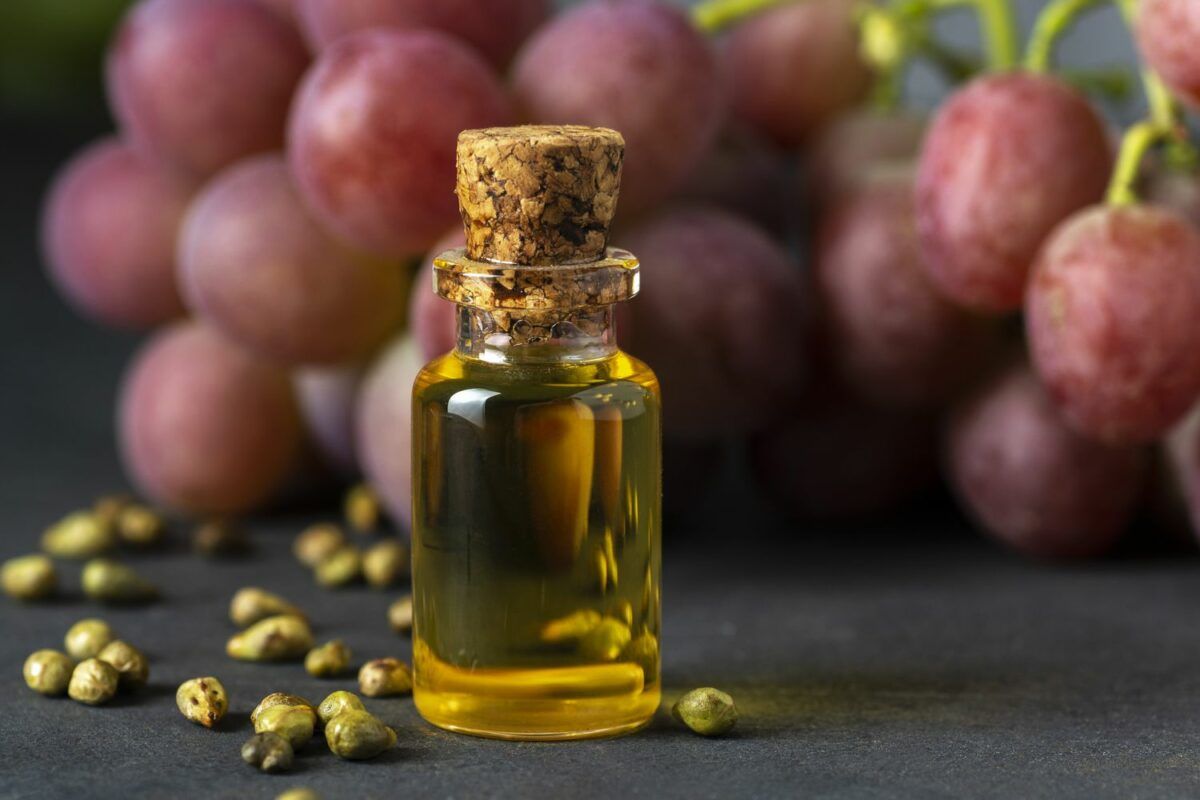Itchy Scalp Relief
Article Source : MadameNoir.com
Of the many problems that plague women and hair care, a HUGE concern is how to alleviate or get rid of itchy scalp. Sometimes scalp irritations are minor annoyances due to product build-up or changes in the weather. While no one is excited to see loose flakes of dandruff dotting their clothing, most times this will clear up with a specially formulated shampoo for dandruff. But in other cases, itchy scalp goes from a mild inconvenience to a full-blown, scalp-on-fire, can’t-keep-your-hands-out-of your-head type disaster of epic proportions. Anyone who has experienced these symptoms knows the pain of scratching or even massaging your scalp to the point that your whole head begins to feel inflamed and tender to the touch. Chronic bouts of itchiness will leave you wondering which came first – are you frantically digging your nails in your scalp as a result of the inflammation, or is the inflammation a result of all the scratching? It is a chicken-or-the-egg conundrum of the worst kind, and at the end of the day, who really cares which came first? All we want is relief.
Luckily, there are a few natural remedies you can try to see if you can finally win the war against the “itchies and the scratchies.”
Apple Cider Vinegar
A staple in the world of hair care, when diluted with water apple cider vinegar is used for its clarifying properties as well as its ability to help reduce hair porosity as a rinse due to its low pH balance. It also has anti-bacterial qualities that make it particularly helpful in treating an itchy scalp that is caused by bacteria build-up, and against any fungal condition (yeast on the scalp). Yeast don’t like an acidic environment so swabbing the scalp with an ACV solution can be helpful. Just be careful to make sure that you dilute it enough to a level where it is comfortable enough to put on your scalp, or else it will sting like crazy, especially if you have any abraded skin. The raw, unfiltered organic ACV is the best kind.
Aloe VeraIn case you decide to try the ACV, consider having some aloe vera gel on hand to soothe any stinging sensations that you may get. Aloe Vera can be used straight from the plant, or the organic gel can be bought commercially. Naturally emollient and calming, it is a great balm for the scalp that will also soften the hair and feed your roots.
Tea Tree OilMelaleuca Alternifolia, or simply “Tea Tree Oil” is ubiquitous in shampoos and conditioners for this very condition in large part due to its highly antiseptic qualities. It’s a triple threat to scalp irritations because of its anti-fungal, anti-viral and anti-bacterial properties. Again, Tea Tree Oil should not be used full strength and is best when used with a carrier oil. Which brings us to the next tried and true product…
Coconut OilEver seen a moldy coconut? That’s because the capyrilic acid in coconuts inhibit the growth of fungus. Incidentally, caprylic acid is also an active ingredient in a lot of vitamin supplements for women who are trying to suppress an overgrowth of candida (yeast) throughout the body. As always, look for the unfiltered, unrefined, organic extra-virgin coconut oil, cold-pressed if possible. It’s especially effective when infused with a few drops of tea tree oil.
Stay Away From This
If you co-wash instead of using an actual shampoo, this might be a good time to take a break and use a product that won’t just leave more build-up on your already beleaguered scalp. Do try to avoid shampoos with harsh detergents that will strip your scalp (and hair) of its natural oils, further adding to that dreaded tight and dry feeling. If your shampoo has sodium lauryl sulfate or sodium laureth sulfate as an ingredient, it probably won’t be doing you any favors. Look for shampoos without sulfates and parabens and with nourishing oils that will soothe your skin.
Word to the WiseOne final word of caution: itchy scalp can be caused for a variety of reasons that are not always easy to self-diagnose. If you are experiencing symptoms that don’t seem to be responding to any treatments, or have broken skin or open sores on the scalp, please see your dermatologist or a licensed trichologist for an accurate diagnosis of your condition. In some cases, professional care may be required, for a complete analysis and evaluation of your diet, as well as any medications









